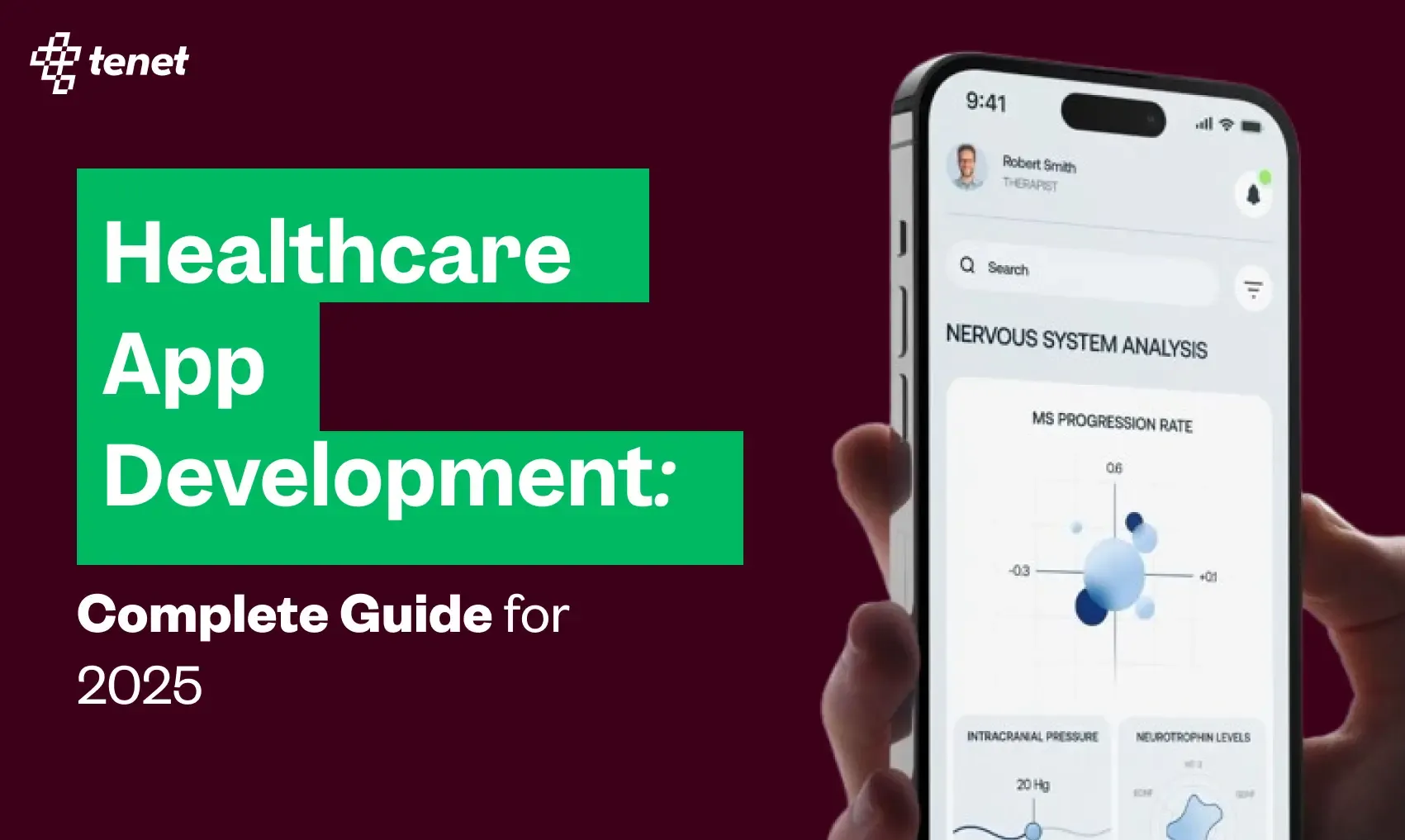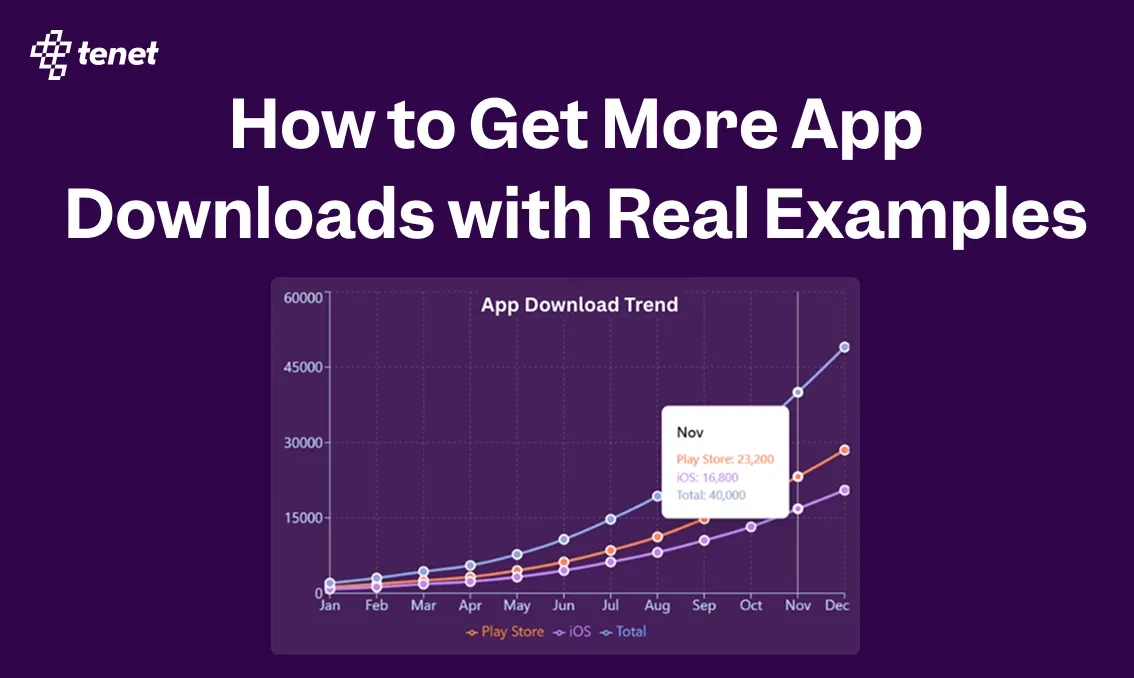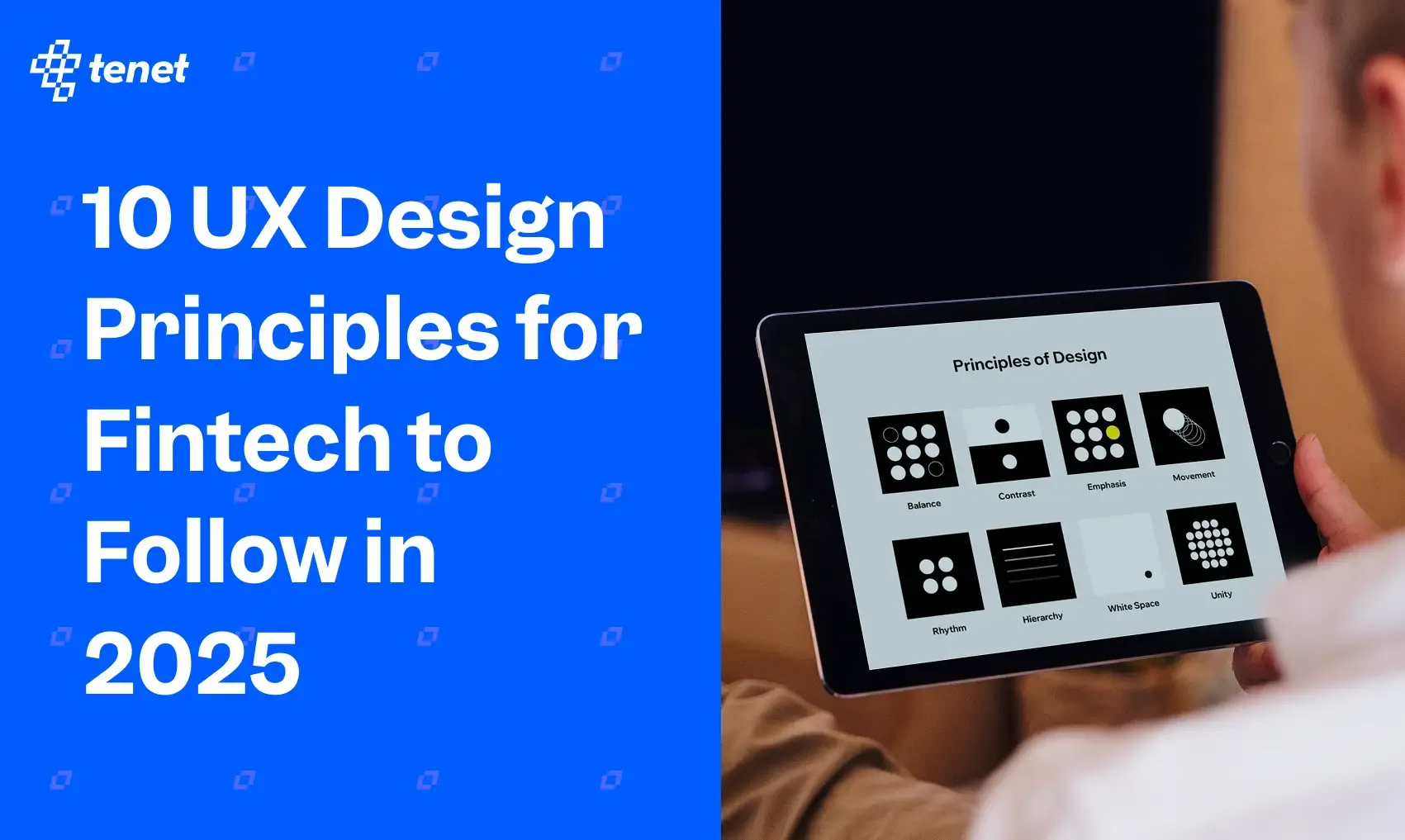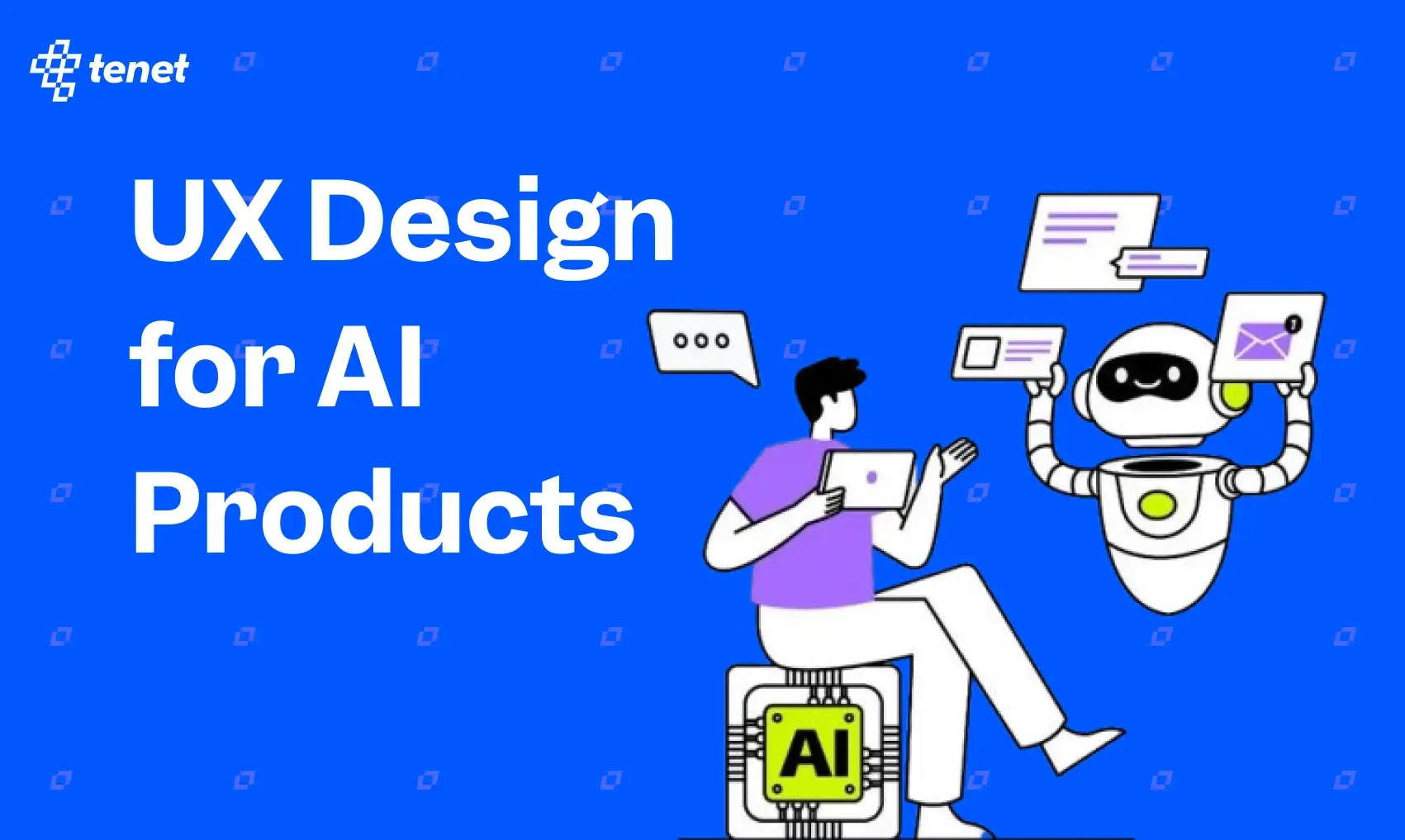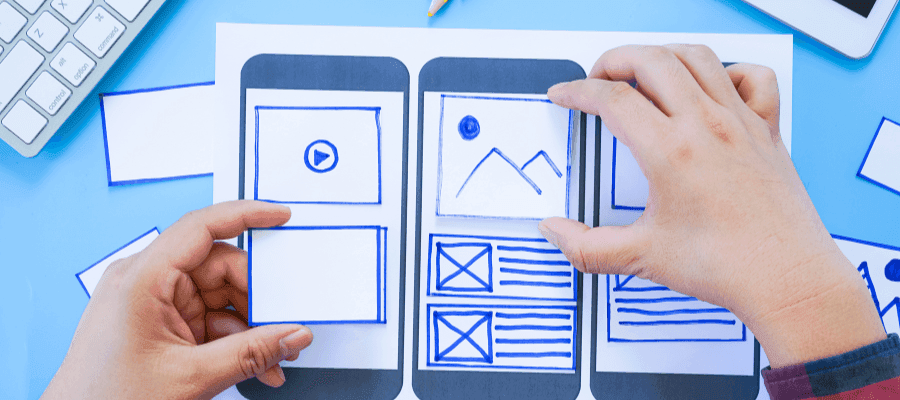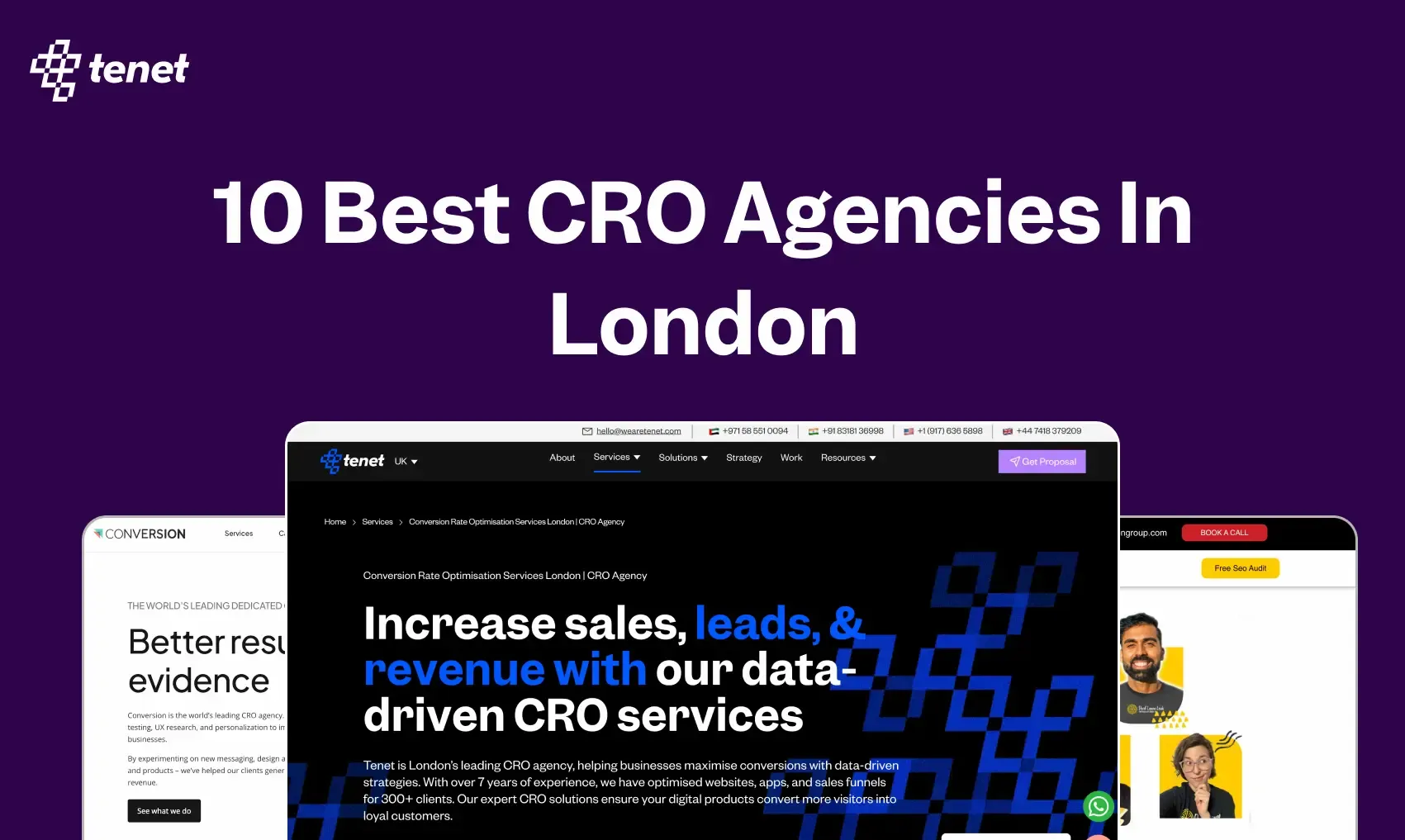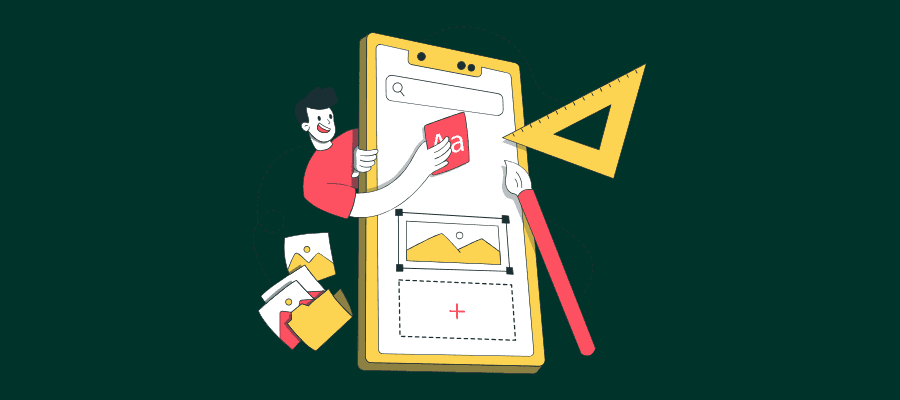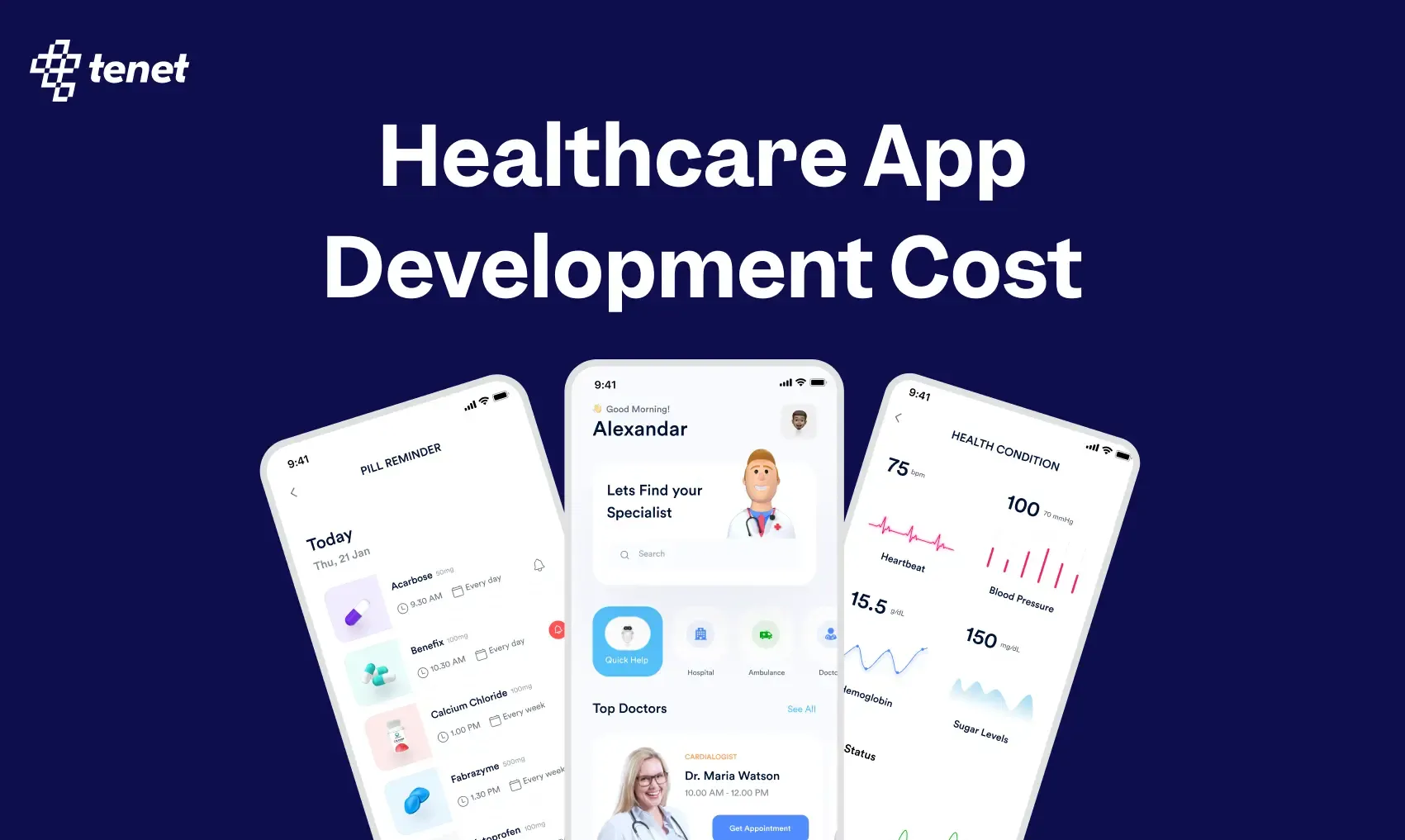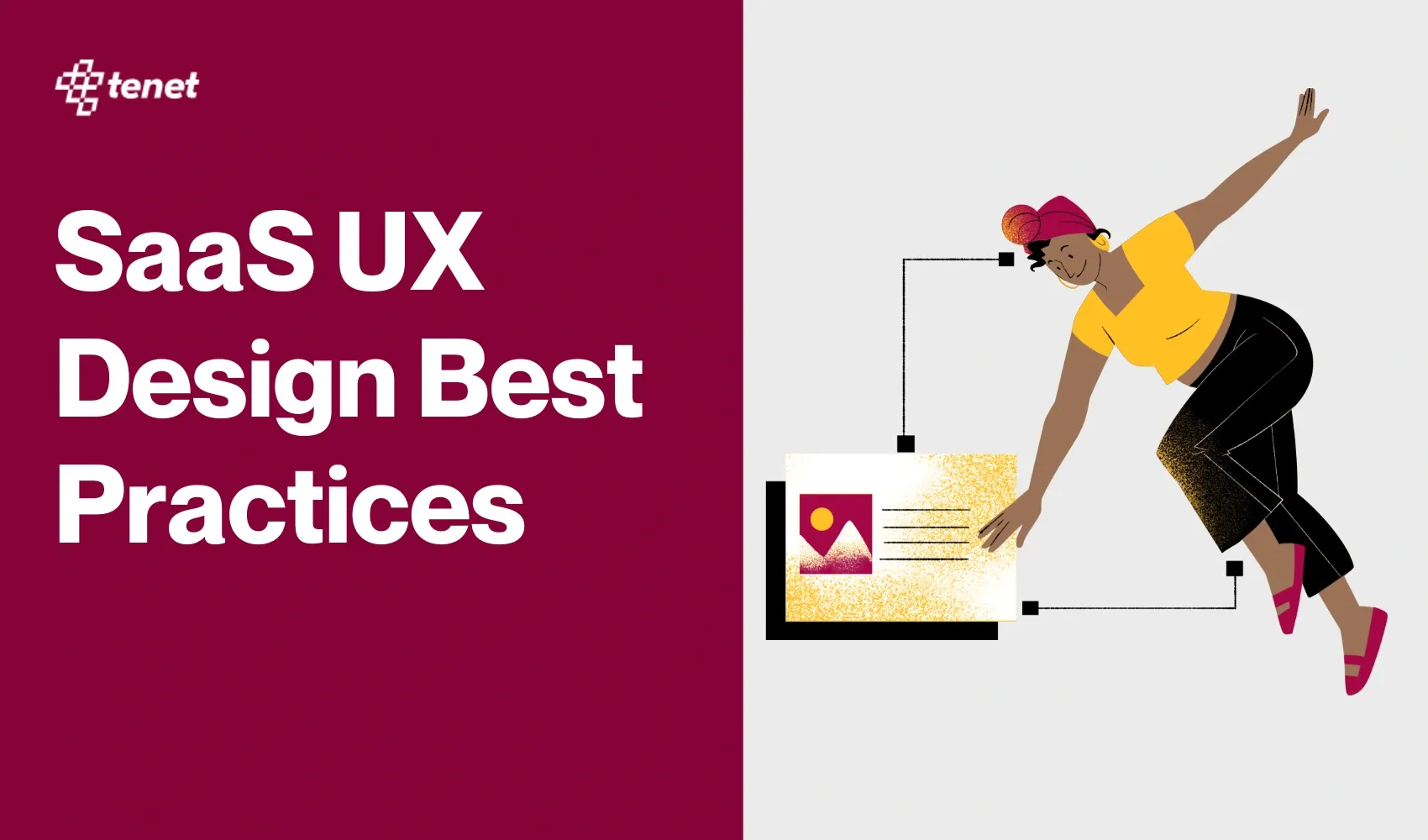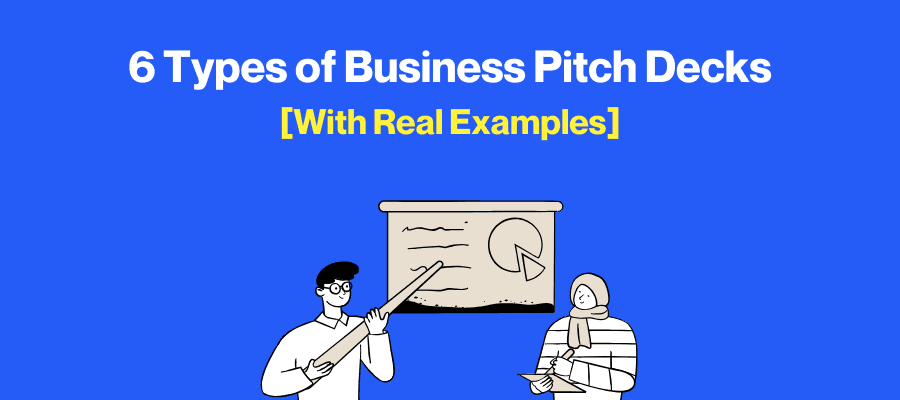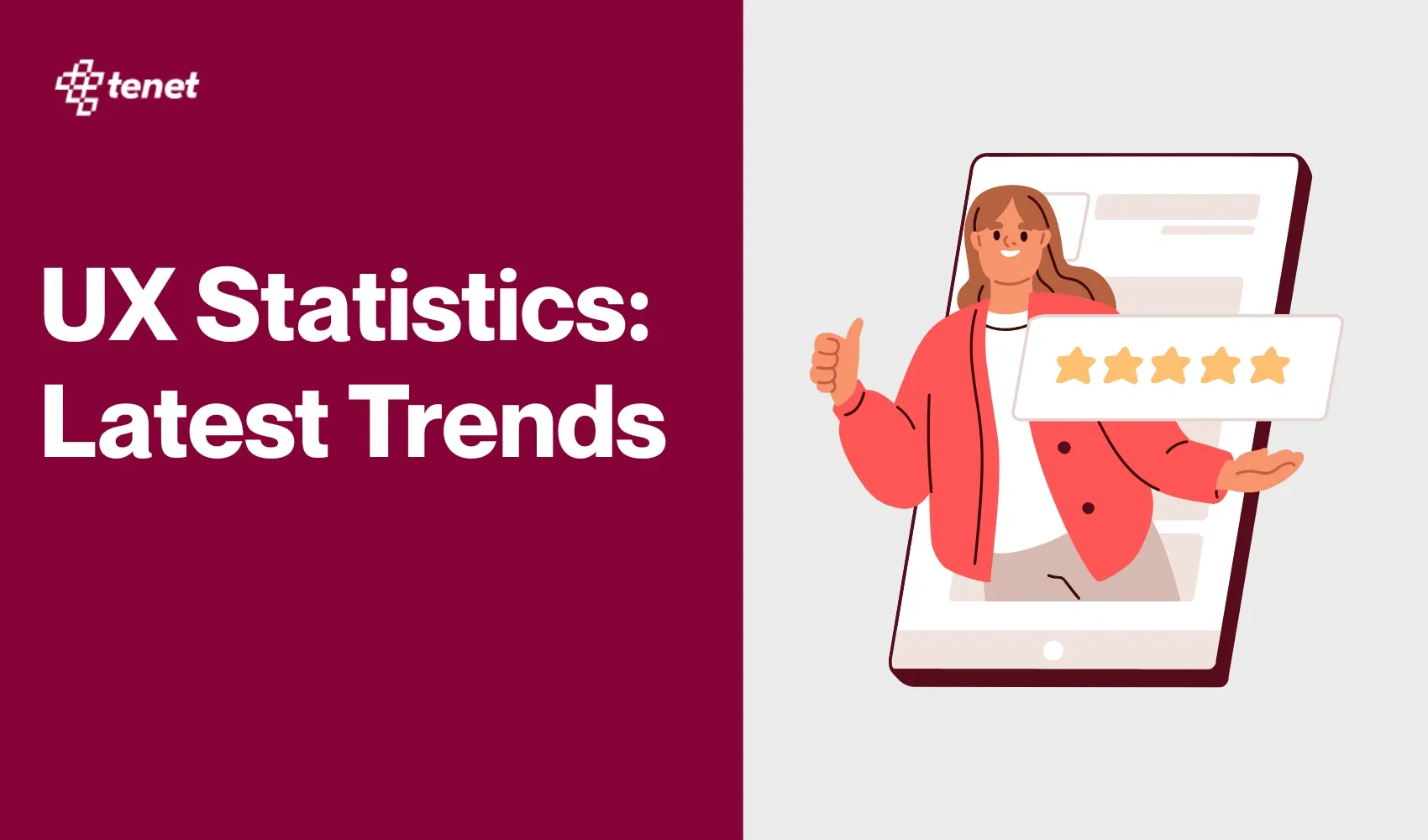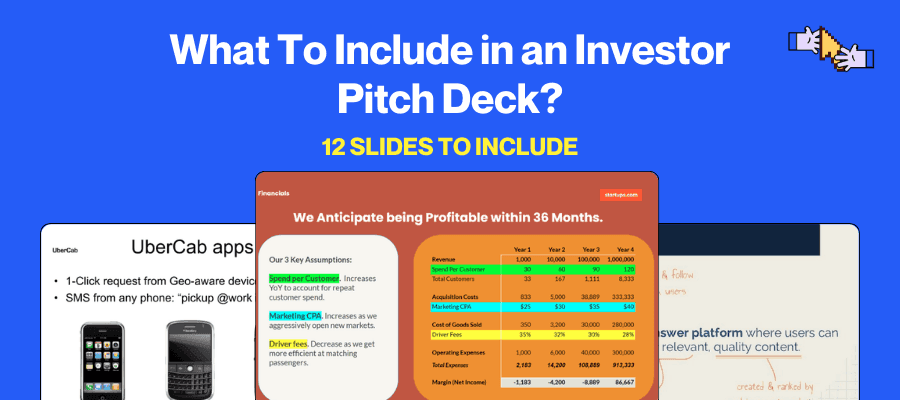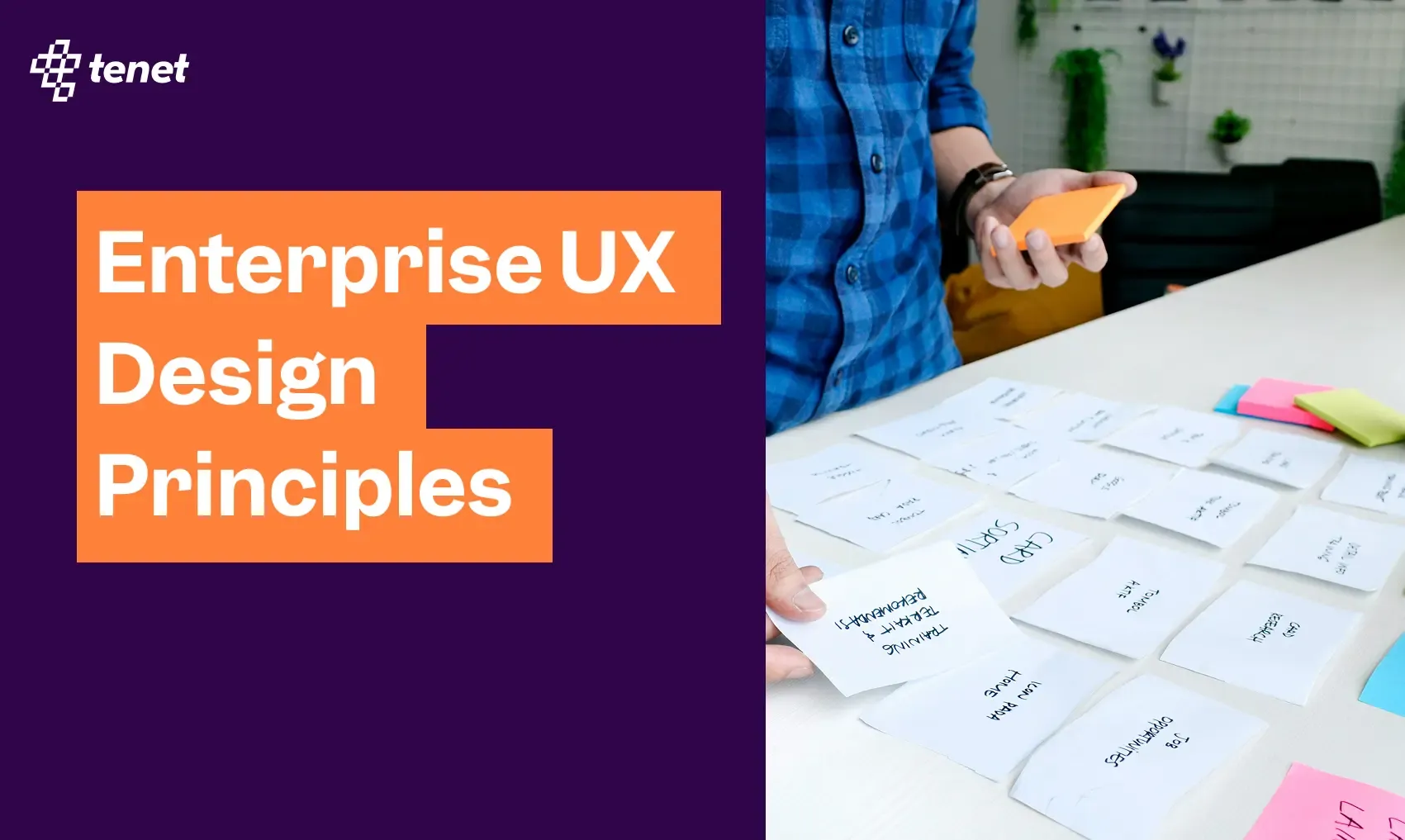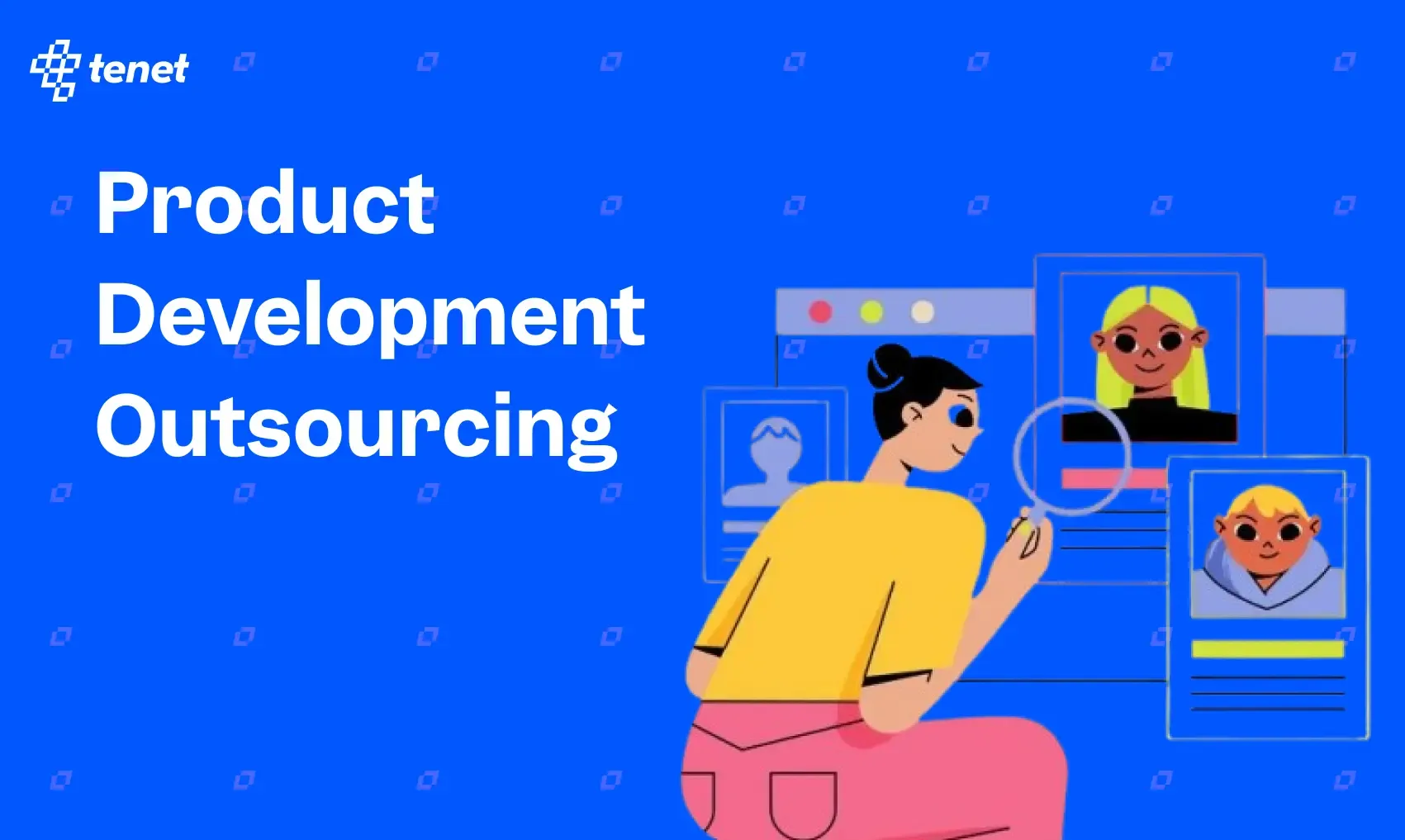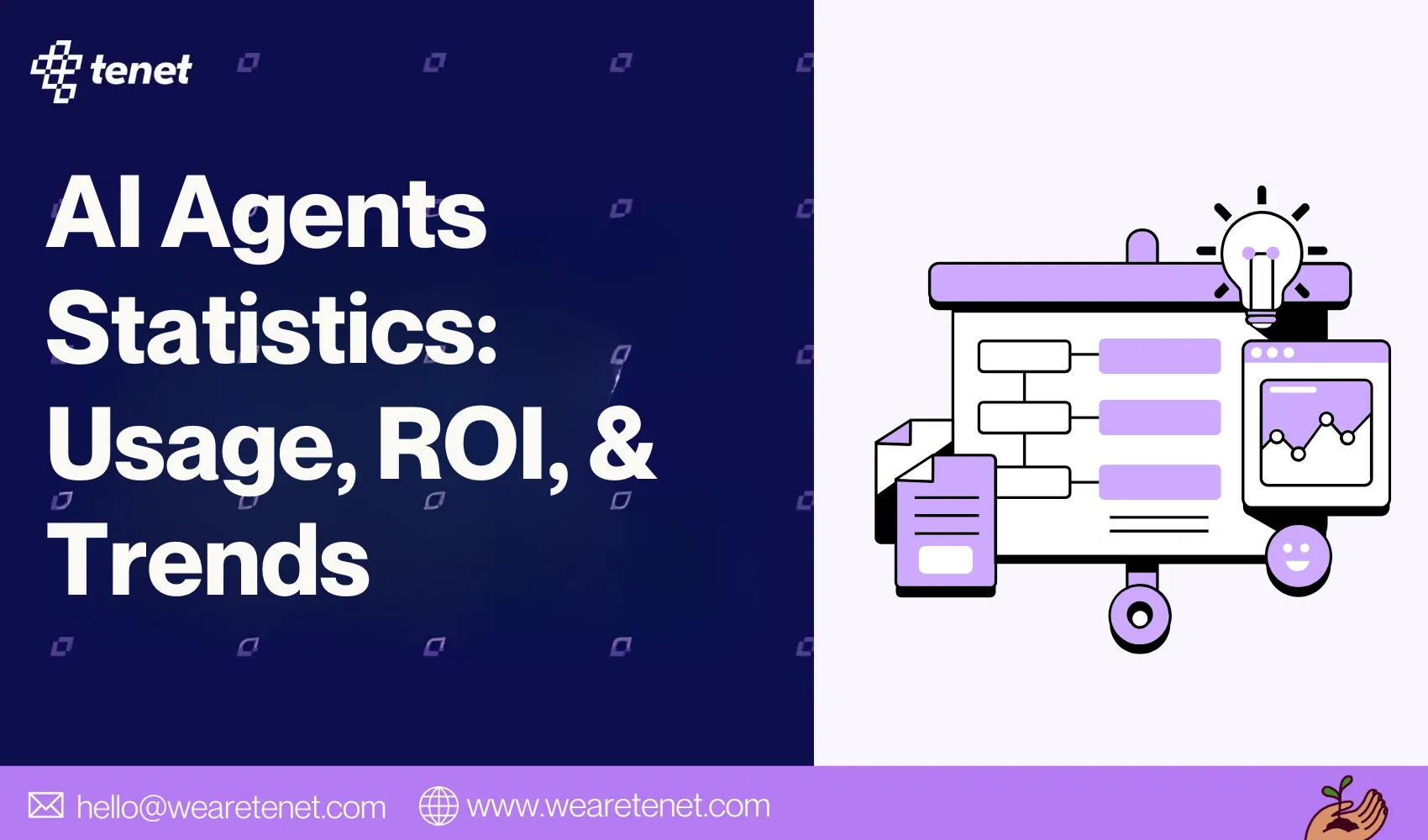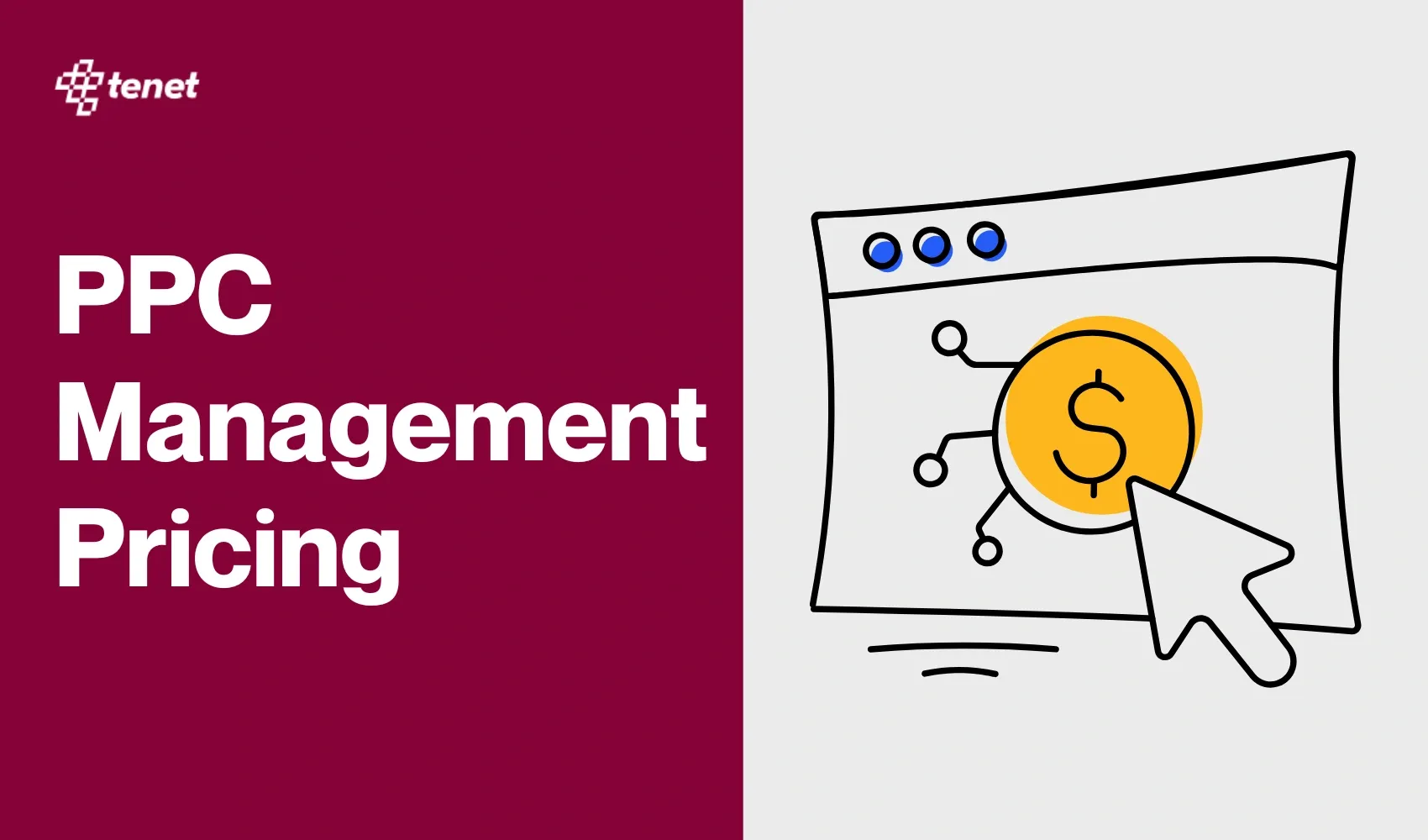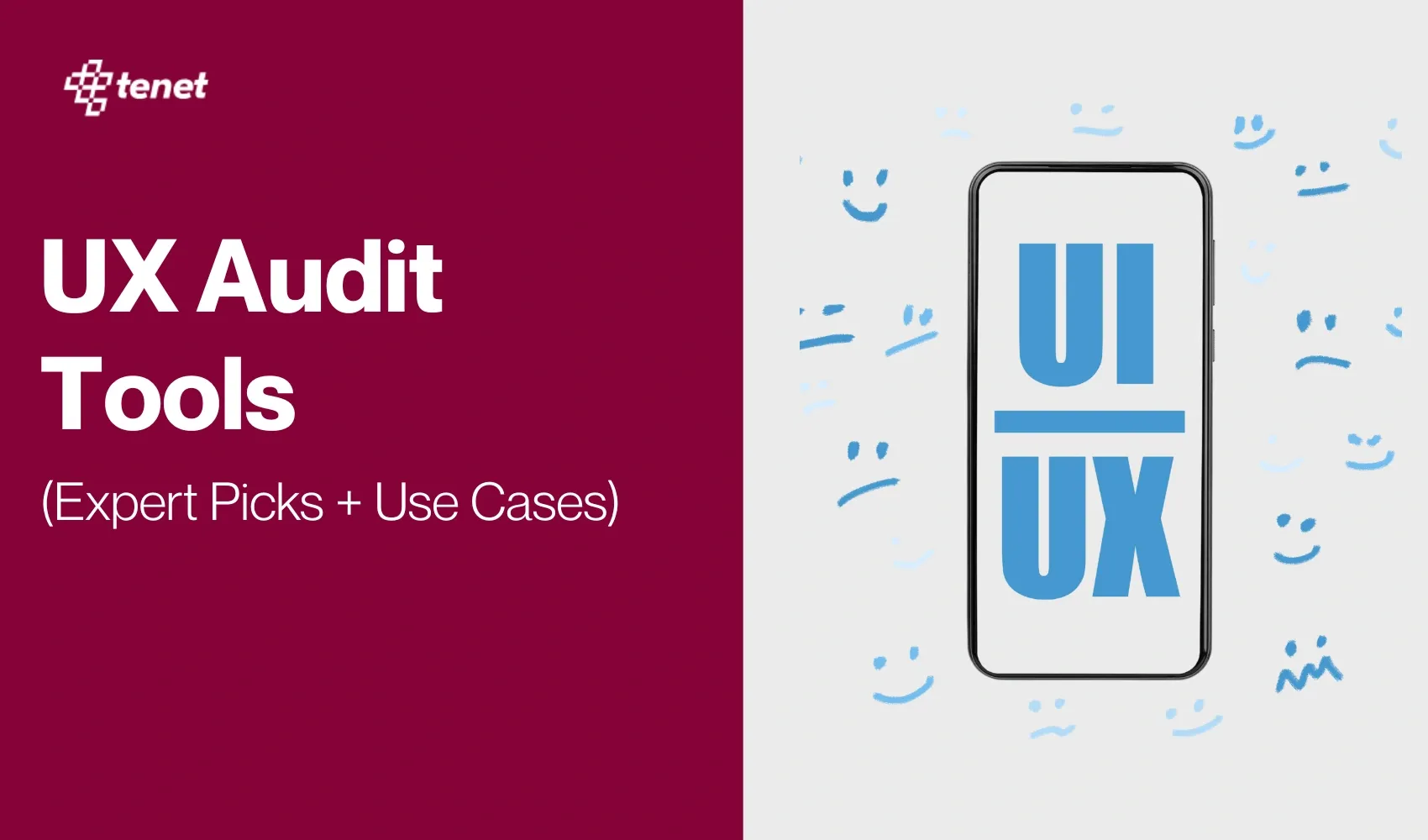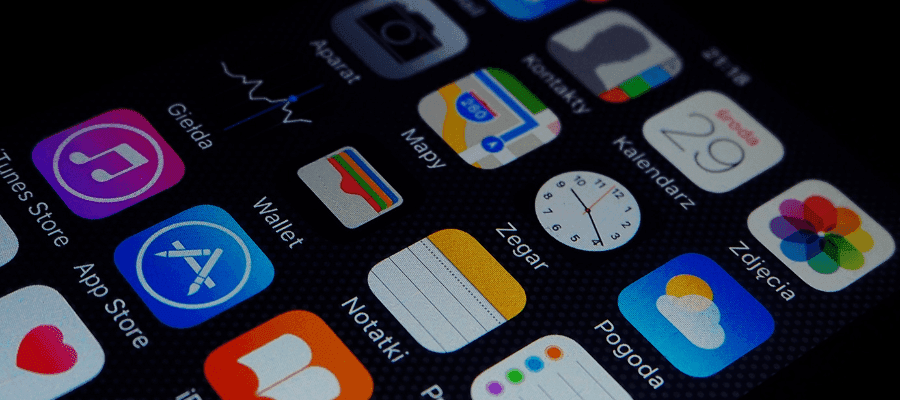SaaS App Development Cost in 2025: Complete Price Breakdown
Share
Share
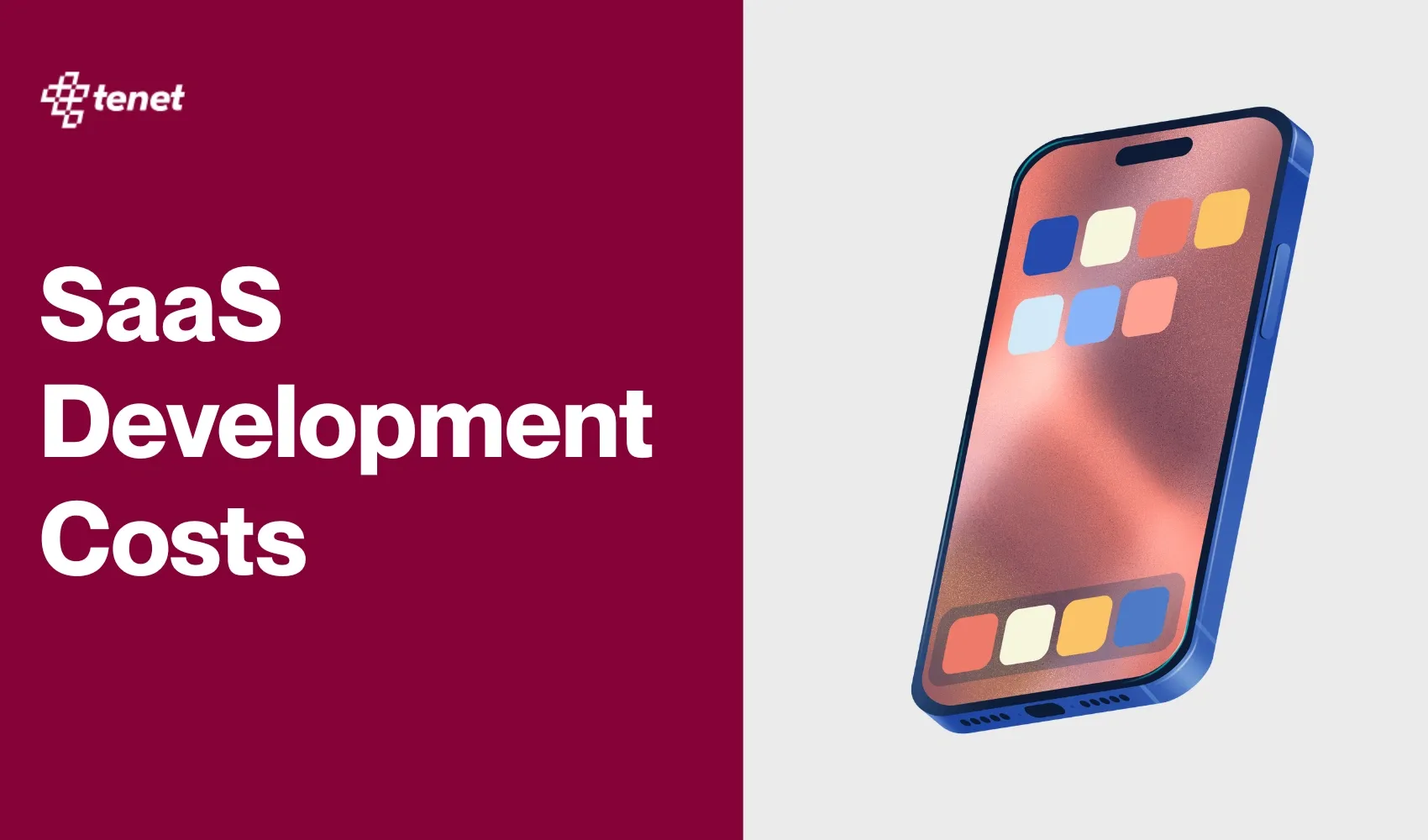
Building a SaaS application is a complex process. It involves backend development, frontend design, cloud setup, database architecture, third-party integrations, security, testing, and maintenance. Each stage of SaaS development needs planning, skilled resources, and the right technology choices.
In this pricing guide, we explain the key factors that shape SaaS development costs in 2025.
You will learn how feature complexity, technology stack, UI and UX design, integration needs, and team expertise impact the overall process.
We also cover how choices like cloud platforms, programming languages, and quality assurance influence scalability and long-term performance.
What is the cost to develop a SaaS application in 2025?
The cost of developing a SaaS application depends on the scale, features, and design complexity. On average, SaaS development in 2025 can start from $5,000 for a simple MVP and go beyond $1,000,000 for enterprise platforms.
Estimated SaaS development costs by product scale:
- Micro / MVP – $5,000 to $40,000 (basic features, simple UI, no integrations)
- Small SaaS – $40,000 to $100,000 (essential features, limited custom logic)
- Medium SaaS – $100,000 to $300,000 (feature-rich, third-party integrations, scalable)
Large / Enterprise SaaS – $300,000 to $1,000,000+ (complex architecture, AI, security, analytics)
Explore our SaaS app development services by country:
- SaaS app development services in India
- Saas app development agency in UK
- SaaS development services in US
- SaaS development company in UAE
What Factors Affect the SaaS Platform Development Costs?
Based on our hands-on experience in developing multiple SaaS products, we've identified the key factors that influence SaaS development costs.
The key factors influencing SaaS development Costs are:
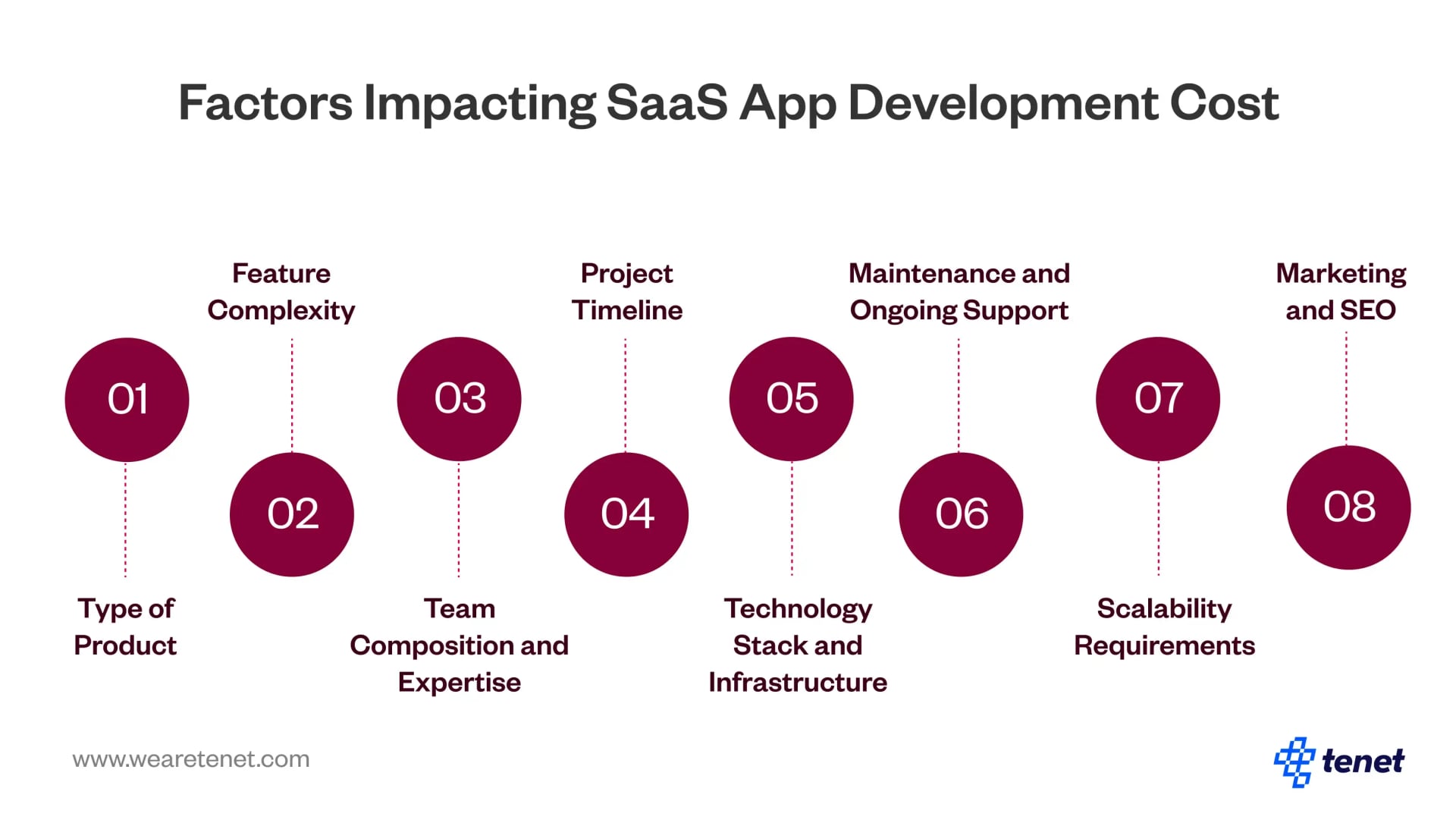
1. Scope and Complexity of Features
A SaaS product can have features ranging from basic to complex. Basic features require less time and resources, while advanced functionalities increase complexity and expenses. The development of basic features requires shorter development time and lower cost, and vice versa.
Basic features may include:
- User registration and authentication
- Dashboard and basic reporting
- Simple data management
- Basic customer support tools
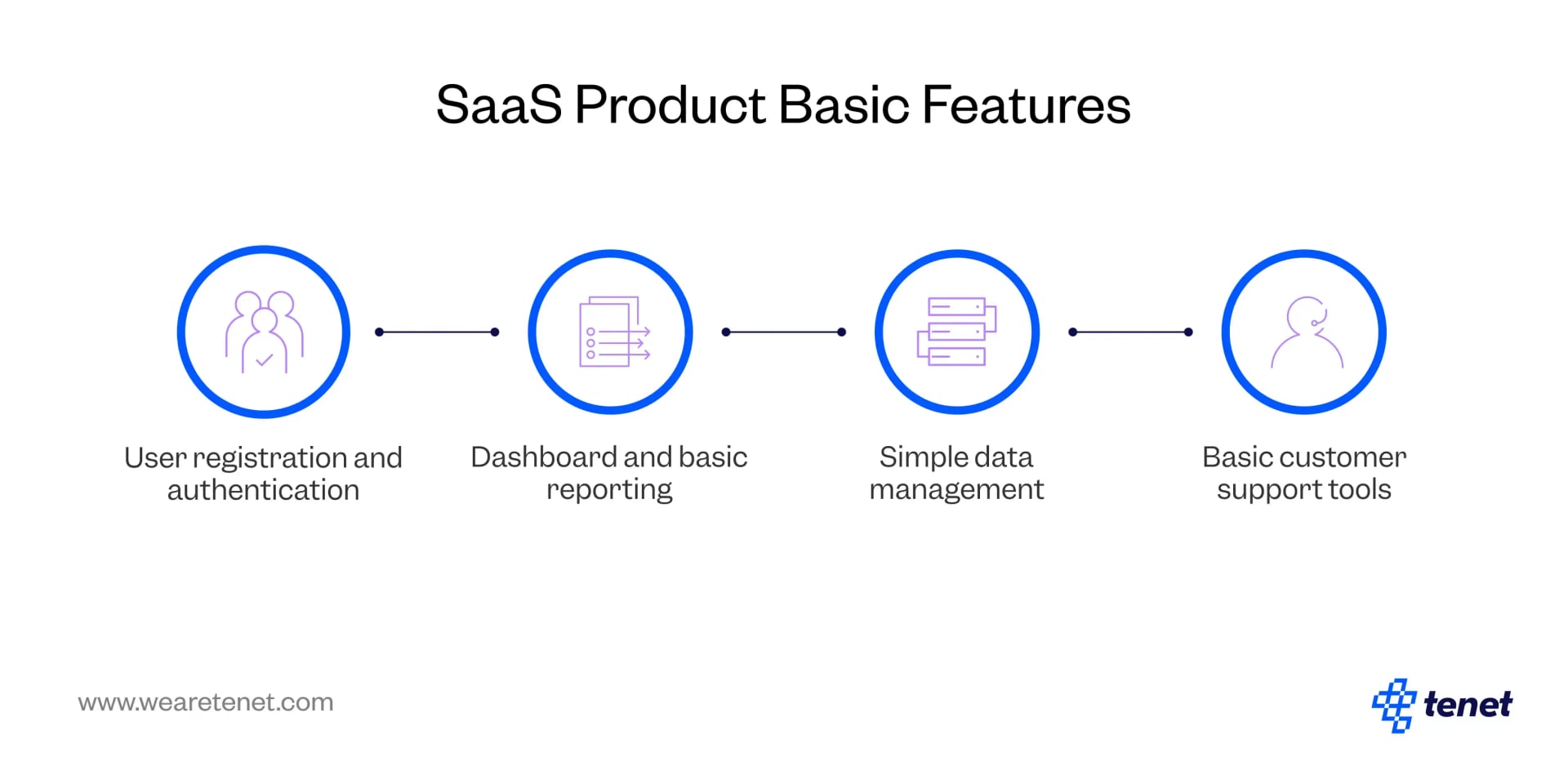
On the other hand, advanced features may include:
- Customization options for users
- Payment gateway integration
- Real-time data processing
- Artificial intelligence and machine learning algorithms
- Complex data analytics and reporting
The features and their complexity can increase the development time and may even require you to hire specialized experts, which can impact the cost of developing the SaaS product.
💡 Pro Tip
Consider launching a Minimum Viable Product (MVP) in the initial release with core features to test the market and gather user feedback.
This approach helps you refine your product based on real user needs while controlling initial development costs.
Based on our experience of designing and developing multiple SaaS products over the years, here is a rough breakdown of the cost of developing a SaaS product based on the scope and complexity of features:
2. Technology Stack and Platform
Your choice of technology stack—including programming languages, tools, frameworks, and cloud platforms—significantly affects development costs.:
Programming Languages & Frameworks
Programming languages and frameworks are key components of SaaS development, impacting parameters such as development speed, performance, scalability, and maintenance. Here is a breakup of how programming language can impact SaaS Development:
Cloud Platform and Infrastructure
Selecting the right cloud platform is essential for scalability, performance, security, and cost-effectiveness. Choosing the correct cloud platform simplifies the process of developing, deploying, and managing SaaS applications while also assuring high availability, flexibility, and compliance.
Here is a breakup of how cloud platforms and infrastructure can impact the SaaS development:
3. UI/UX Design Requirements
Did you know? 🤔🤔
More than 88% of SaaS users will never return to a website after having a bad user experience. At the same time, a well-designed and executed UX can boost conversion rates by up to 400%.
This is a clear indication that optimal User Interface (UI) and User Experience (UX) designs are critical for attracting and retaining users. A well-designed interface enhances usability and satisfaction, directly impacting conversion rates and customer loyalty.
Here is a table summarising how UI/UX design impacts the cost of SaaS Development:
4. Integration With Third-Party Services
When building a SaaS product, it is important to decide if 3rd party integrations are required for the optimal functioning of the product, as this can impact the overall cost of the development.
Third-party APIs can enhance functionalities and save development time as they allow developers to swiftly implement features without the need to build them from scratch. Some important considerations are:
Development Time Savings: APIs allow for rapid implementation of features without building them from scratch.
Expanded Feature Set: Integration can differentiate your product, help meet market demand, and increase user acquisition and retention.
Complexity Management: Multiple integrations can complicate the architecture, requiring more development and maintenance efforts.
- Cost Implications: Subscription fees, licensing fees, and transaction fees associated with APIs can add up over time.
Ongoing fees and increased complexity can raise development and maintenance expenses while leveraging existing solutions, reduce initial development time, and make it more cost-effective if managed properly.
5. Development Team Expertise and Location
Your SaaS project's success depends not just on spending money—but on hiring the right team. A skilled development team can help you build faster, avoid mistakes, and improve ROI.
Choosing the right mix of senior and junior developers is key. Senior developers charge more but work faster and make fewer errors. Junior developers cost less but may take longer and need more support.
You can also choose teams based on location:
- In-House Teams: Work from your office. Great for close collaboration but usually the most expensive.
- Offshore Teams: Based in other countries. Lower cost, but may face time zone or communication issues.
- Nearshore Teams: Located in nearby countries. Balanced option with similar time zones and culture.
Team location affects hourly rates. For example, developers in India charge $15–30/hour, while U.S. developers may charge $90–150/hour.
The geographic location of the development team can also influence the development cost, as the hourly wages can vary across countries. It is as follows:
Explore our other relevant services
- SaaS Development Company In Ras Al Khaimah
- Best SEO Services In Ras Al Khaimah
- Trusted Branding Services In Sharjah
6. Testing and Quality Assurance (QA)
Testing and QA make sure your SaaS product works well, stays secure, and offers a smooth user experience. Skipping this step can lead to costly errors later.
Cost Range:
$5,000 to $20,000, depending on your app’s complexity.
Types of Testing:
- Manual Testing
Testers check the app by hand to find bugs and usability issues. It takes more time and costs more due to manual effort. - Automated Testing
This uses tools for unit tests, functional tests, and end-to-end checks. It’s more expensive upfront (due to setup and licensing) but saves time and money in the long run.
💡 Why Testing Matters:
- Catches bugs early when they’re cheaper to fix
- Ensures smoother performance
- Improves user trust and retention
- Helps optimize developer resources
7. Maintenance and Ongoing Support
Once your SaaS product is live, regular maintenance keeps it secure, updated, and user-friendly. It's not optional—it’s part of long-term success.
Key Benefits of Maintenance:
- Fixes bugs quickly to avoid user complaints
- Reduces downtime and builds customer trust
- Adds security patches to protect user data
- Prevents expensive overhauls later
- Keeps your app compliant with legal standards
- Makes future costs more predictable
🚀 Bonus:
User feedback during maintenance helps your team improve features and stay ahead of market trends.
While maintenance adds to your operating costs, it reduces churn, increases satisfaction, and strengthens your brand.
SaaS product development cost and pricing models (2025)
Before hiring a developer or agency, it's important to understand the pricing models used in SaaS development. Each model fits different project types, goals, and budgets.
Here’s a breakdown of the three most common options:
1. Project-Based (Fixed) SaaS development Pricing
Best for: Clear, well-defined projects with fixed requirements.
How it works:
You agree on a fixed price before the project starts. This price is based on your goals, features, timeline, and deliverables. The agency focuses on completing the project, not tracking hours.
Pros:
- You know the full cost upfront—no surprises.
- Easier to manage budgets.
- Encourages faster delivery focused on outcomes.
Cons:
- Changes to the scope may lead to extra charges.
- Some providers may cut corners to stay under budget.
Typical Cost:
💰 $10,000 to $100,000+
2. SaaS development pricing by hour
Best for: Ongoing work, flexible projects, or when scope may change.
How it works:
You pay for the actual hours spent on the project. The cost depends on the hourly rate and total hours worked.
Pros:
- Easy to track work and control progress.
- Great for agile development or evolving features.
- Transparent—you see where your money goes.
Cons:
- Hard to predict the final cost.
- Scope creep can quickly raise the total budget.
Typical Cost:
💰 $25 to $150 per hour
3. Value-Based SaaS development Pricing
Best for: High-impact projects with strong ROI potential.
How it works:
The agency sets a price based on the value their solution brings to your business—not just hours or features. If your SaaS product will generate major revenue or user growth, this model aligns pricing with that impact.
Pros:
- Focuses on outcomes, not effort.
- Clients are happy to pay more if the ROI is clear.
- Builds long-term trust and partnerships.
Cons:
- Hard to define value precisely—may lead to delays or negotiation.
- Requires deep understanding of your business from the start.
Typical Cost:
💰 $25,000 to $150,000+
SaaS Development Cost Calculator
To calculate the total estimated cost for your next SaaS development project, you can use the following formula:
Total Estimated Cost = Development Hours*Hourly Rate + Third-Party Integration Costs + Maintenance and Support Costs + Marketing Cost + Miscellaneous Costs
Why Choose Tenet for SaaS Development?
Tenet stands out in the market - because when you hire us, you will be working with a team that has delivered more than 450 solutions, creating an impact on over 20M+ across 15+ countries.
Our clients choose us over our competitors because of our deep understanding of the work and the project ownership we bring to the table. We’re not the cheapest in the market, but what we do is ensure that you reach where you wish to.
We ensure that we don’t just deliver what you want but also what your brand needs. You need experts to guide you, and we ensure that we bring the best of everything to your project. All you have to do is bring your idea, explain the vision, and leave the rest to us.
Still unsure? Take a peek at how we helped our client. To see our past work, check out our portfolio of SaaS development projects.
Contact our expert developers and learn how we can help you in SaaS app development.
FAQs
What are the key stages of SaaS application development?
SaaS development usually includes planning, backend and frontend development, database setup, cloud configuration, UI and UX design, third-party integrations, security implementation, testing, and ongoing maintenance. Each stage must align with business goals and scalability needs.
Which technology stacks are commonly used for SaaS development?
Popular technology stacks include JavaScript frameworks (React, Angular, Vue) for the frontend and Node.js, Python, Ruby on Rails, or Java for the backend. Cloud platforms like AWS, Azure, or Google Cloud are widely used for hosting and scalability. The final choice depends on performance, integrations, and developer availability.
How important is UI and UX design in SaaS products?
UI and UX design are critical for user adoption and retention. A simple, intuitive interface improves usability, while a strong UX ensures users can achieve tasks without friction. Poor design can increase churn, while good UX can boost engagement, trust, and long-term revenue.
What role do third-party integrations play in SaaS applications?
Third-party integrations allow SaaS products to add features faster without building them from scratch. Examples include payment gateways, CRM tools, or communication APIs. While they save time, too many integrations can complicate the architecture and require ongoing monitoring and support.
Why is testing and quality assurance important in SaaS development?
Testing ensures that the SaaS product works smoothly, remains secure, and delivers consistent performance. Manual and automated testing help identify bugs, security risks, and usability issues before launch. Strong QA reduces downtime, improves customer trust, and lowers long-term maintenance risks.
What kind of maintenance does a SaaS application need after launch?
Post-launch maintenance includes bug fixes, security updates, cloud monitoring, feature upgrades, and compliance checks. Continuous maintenance is necessary to reduce downtime, protect user data, and keep the platform competitive in a fast-changing SaaS market
How long does it take to develop a SaaS application?
A basic SaaS application or MVP typically takes 3–6 months to develop. More advanced platforms with complex features may require 9–12 months. Timeframes depend on feature sets, tech stack, and development workflow efficiency.
Get expert help in building your SaaS app platform
Get expert help in building your SaaS app platform

Got an idea on your mind?
We’d love to hear about your brand, your visions, current challenges, even if you’re not sure what your next step is.
Let’s talk
